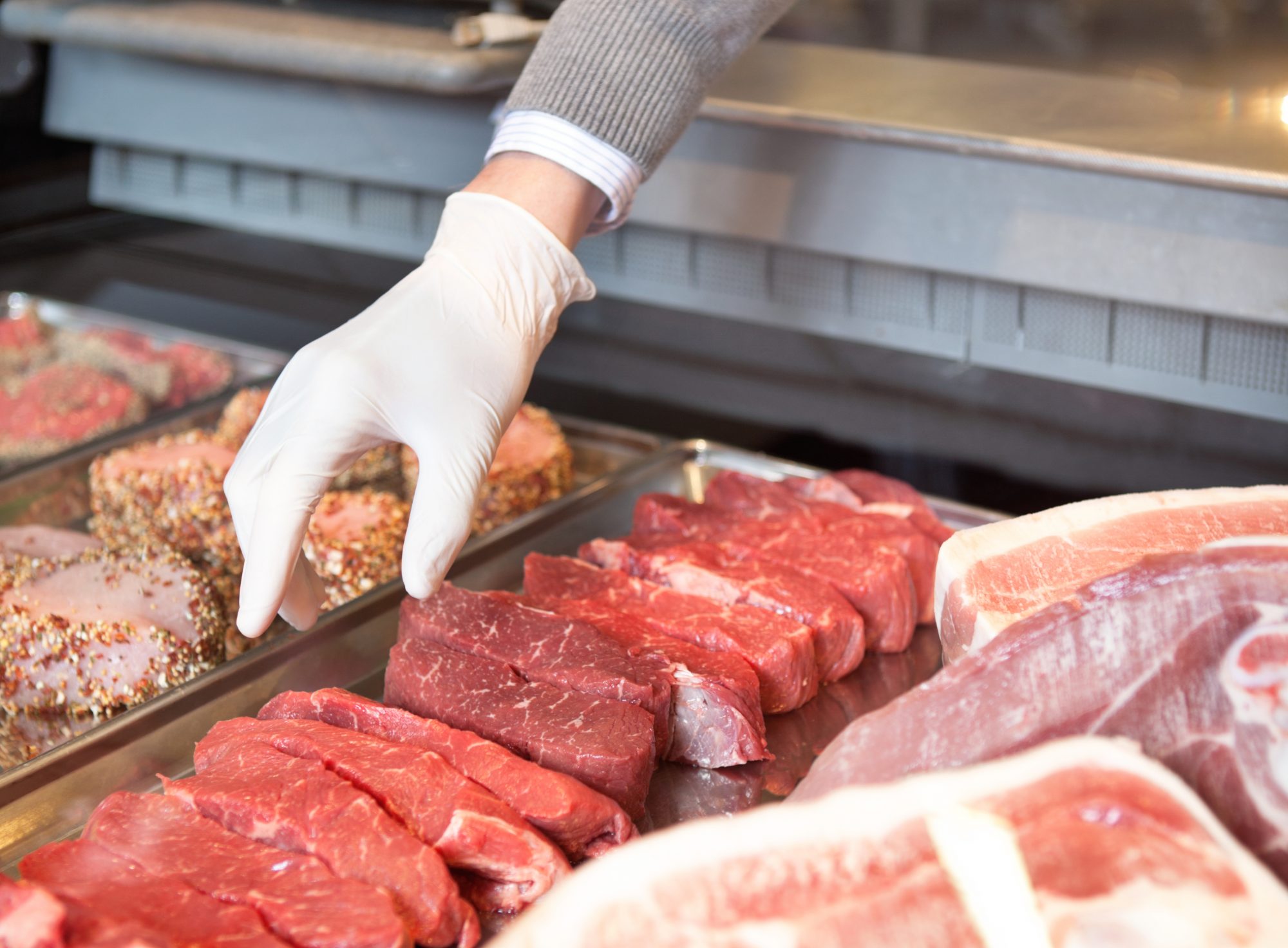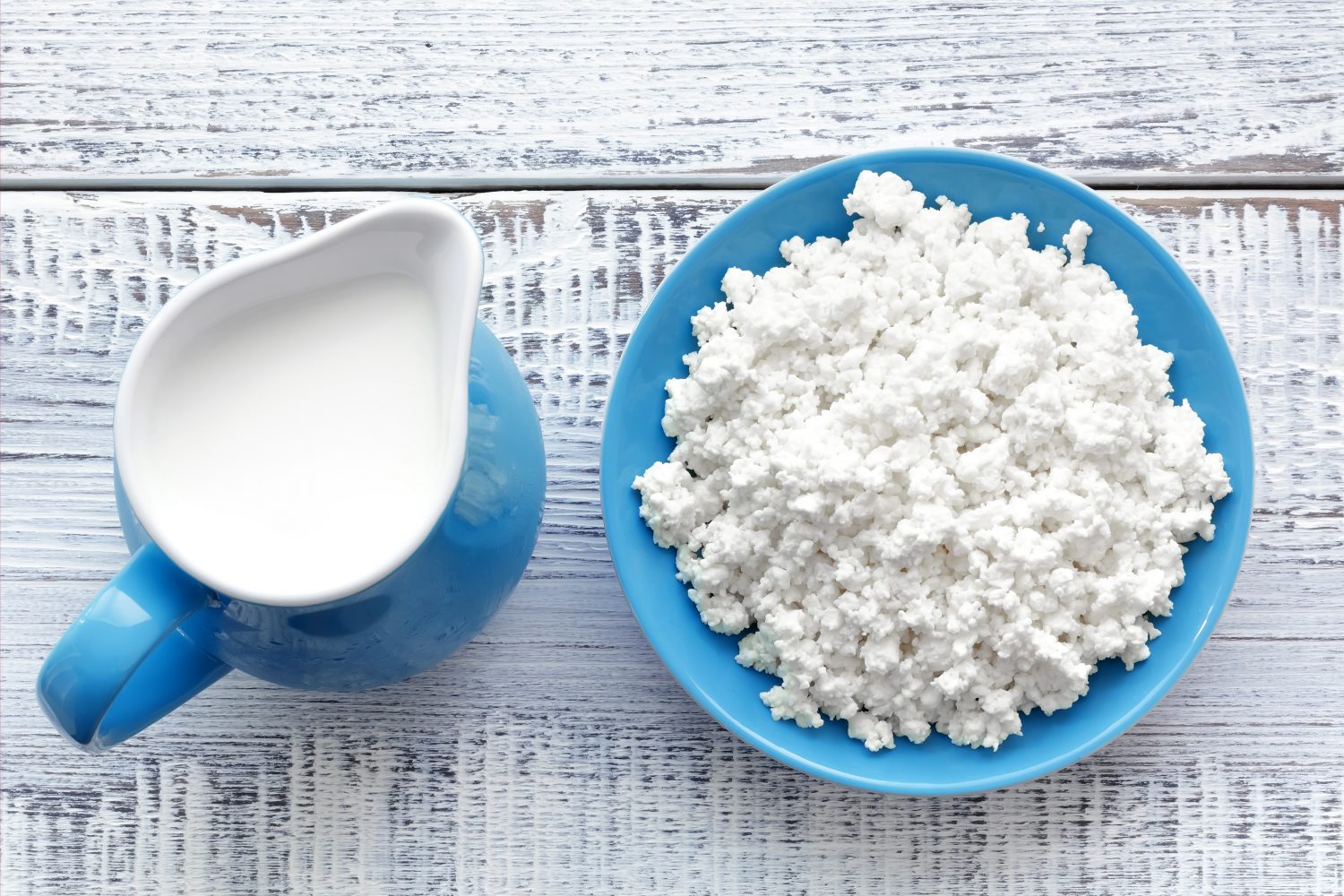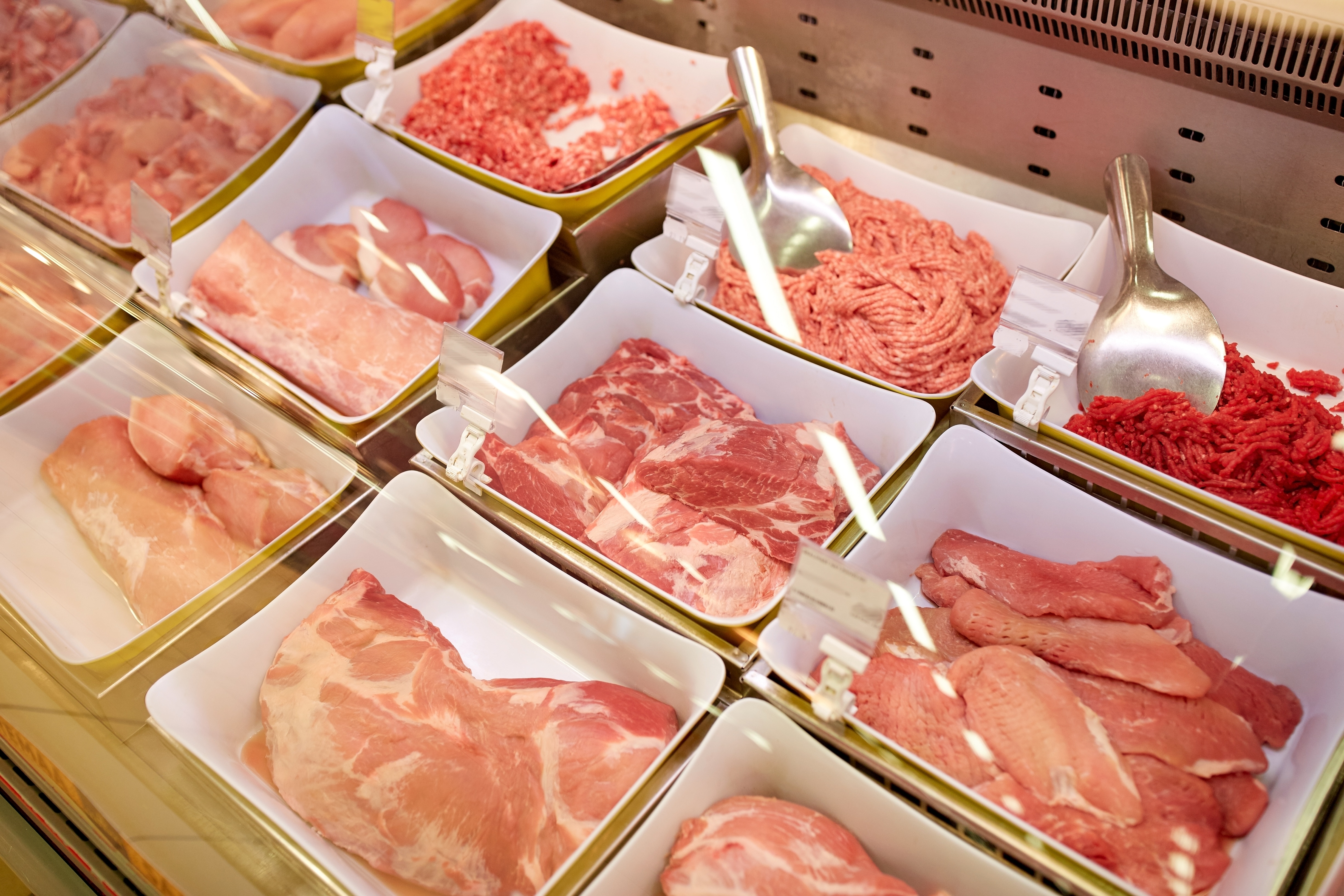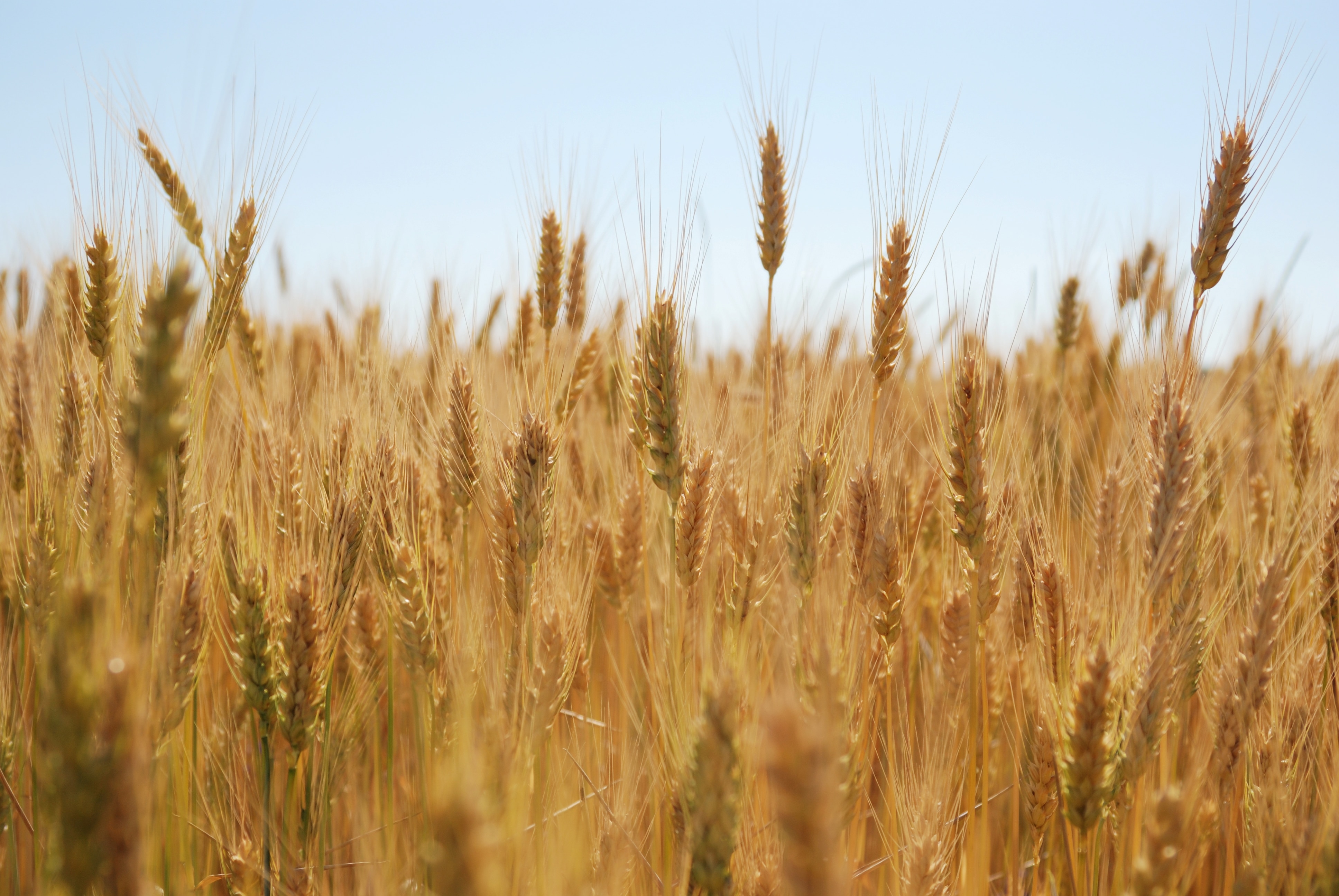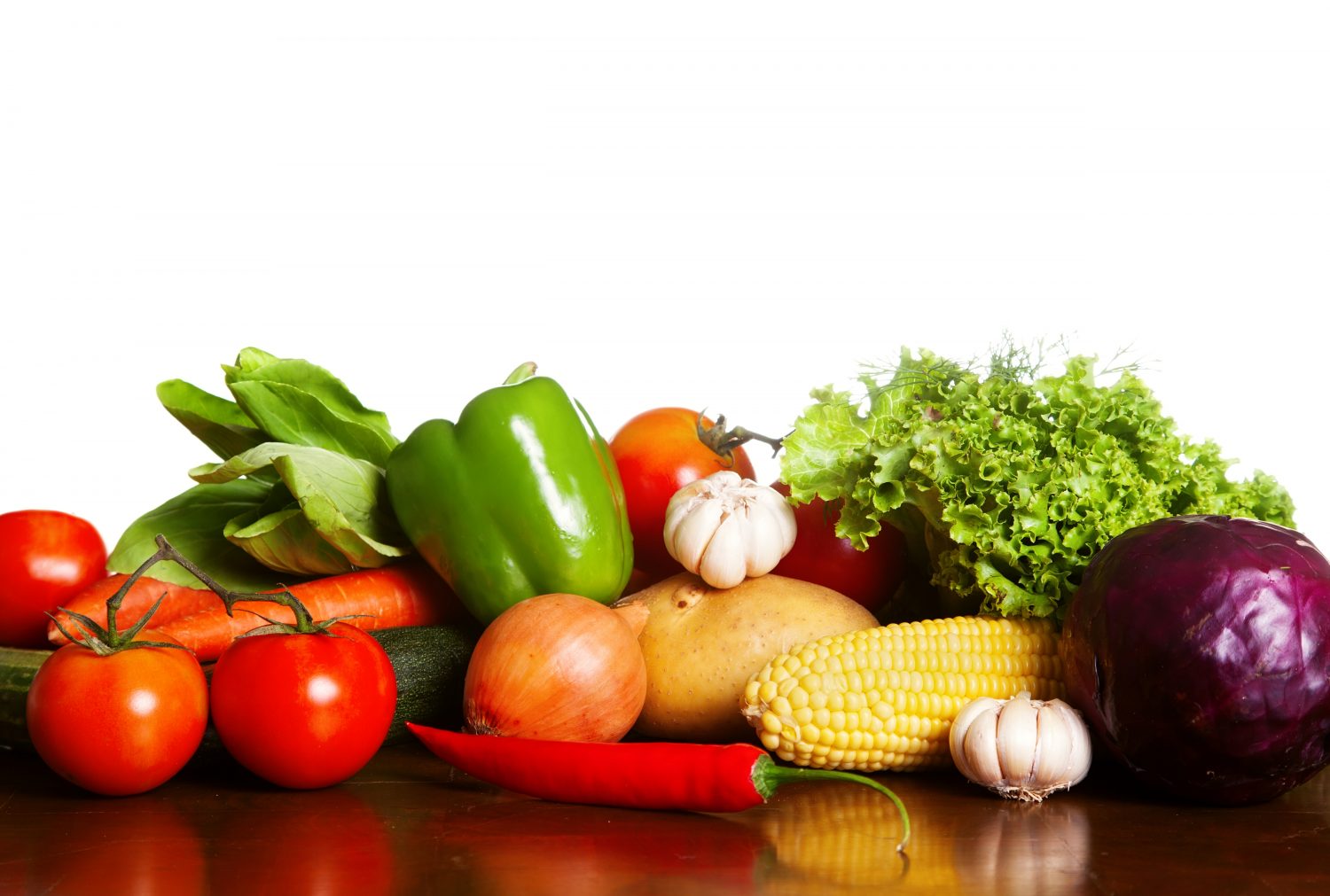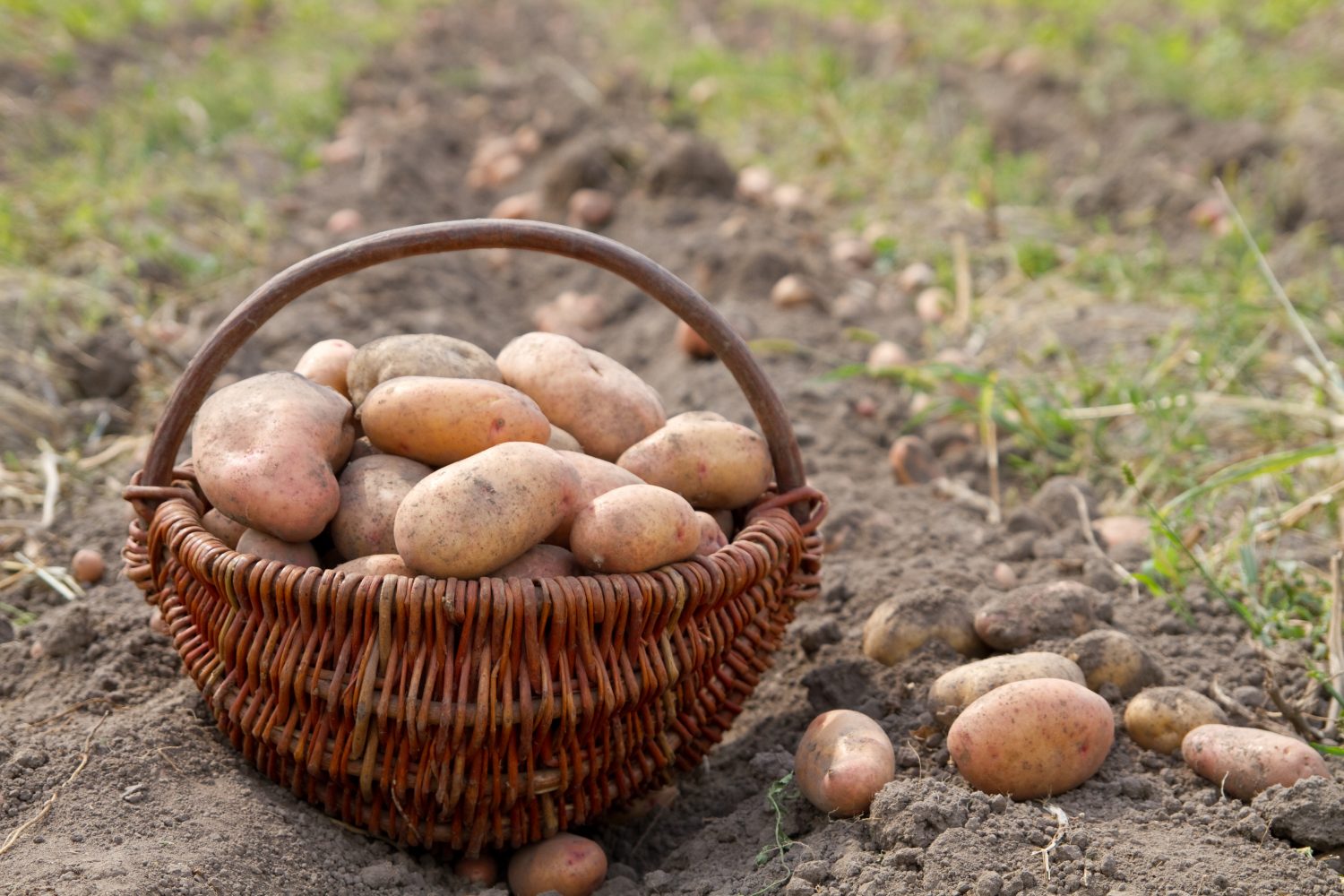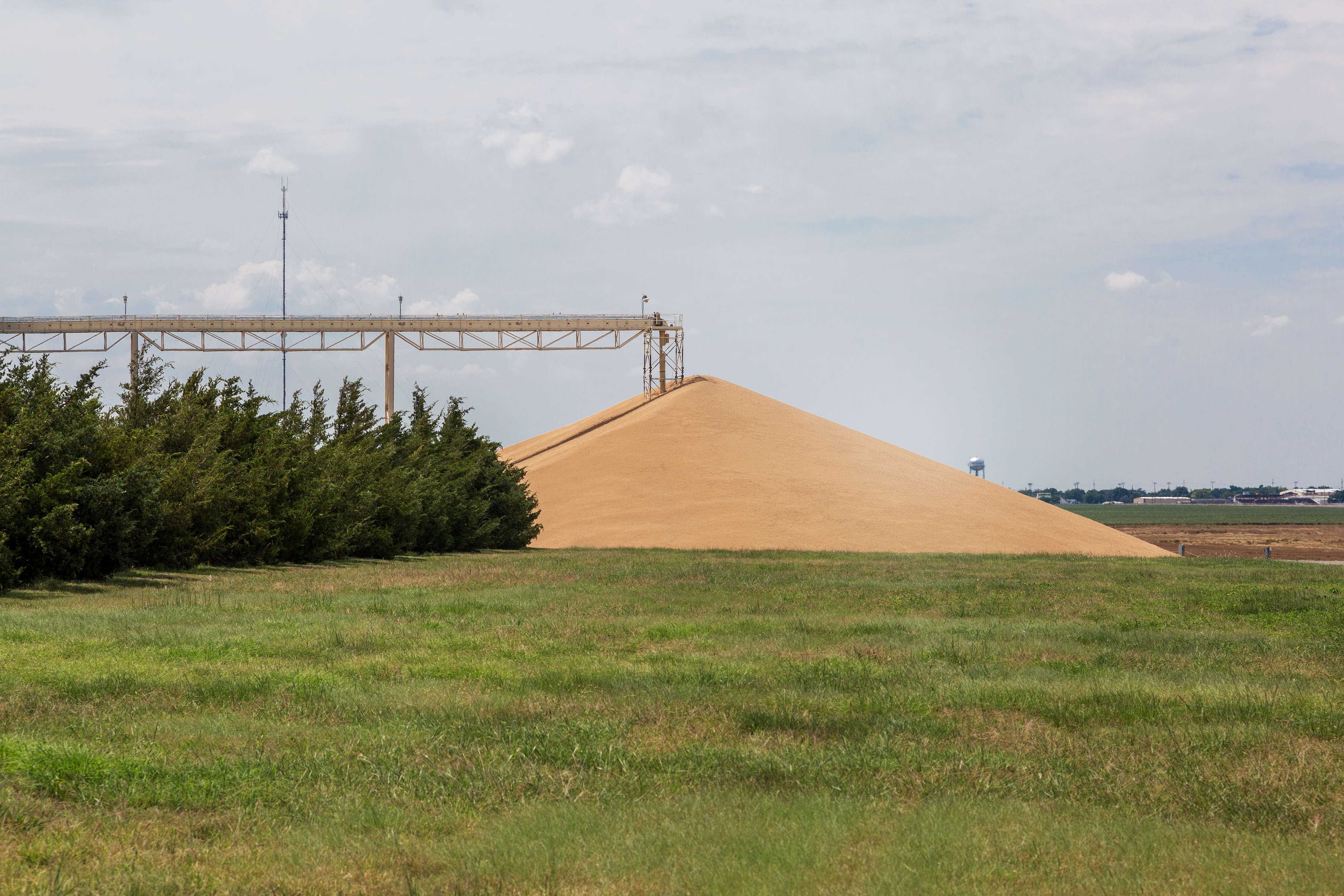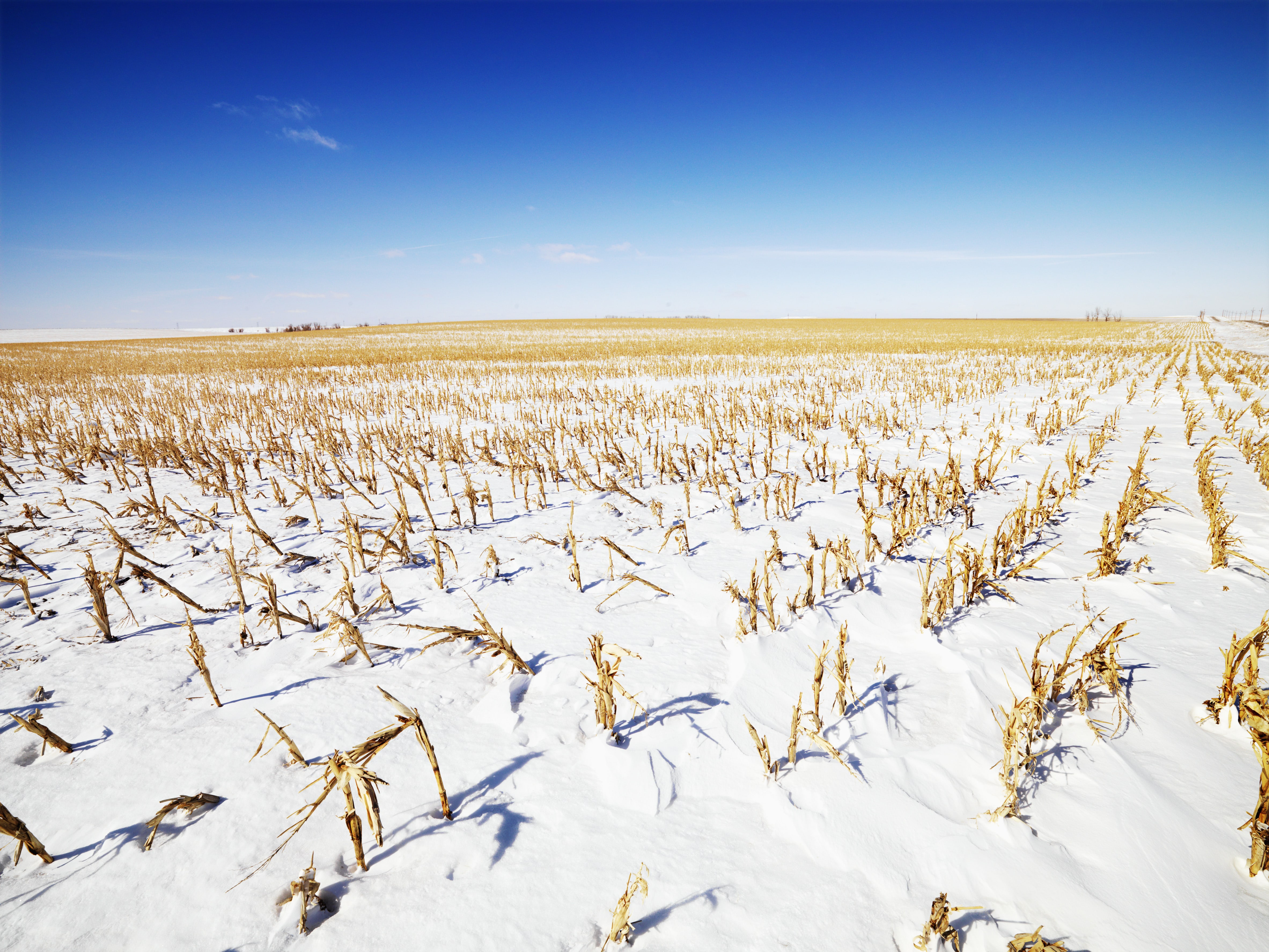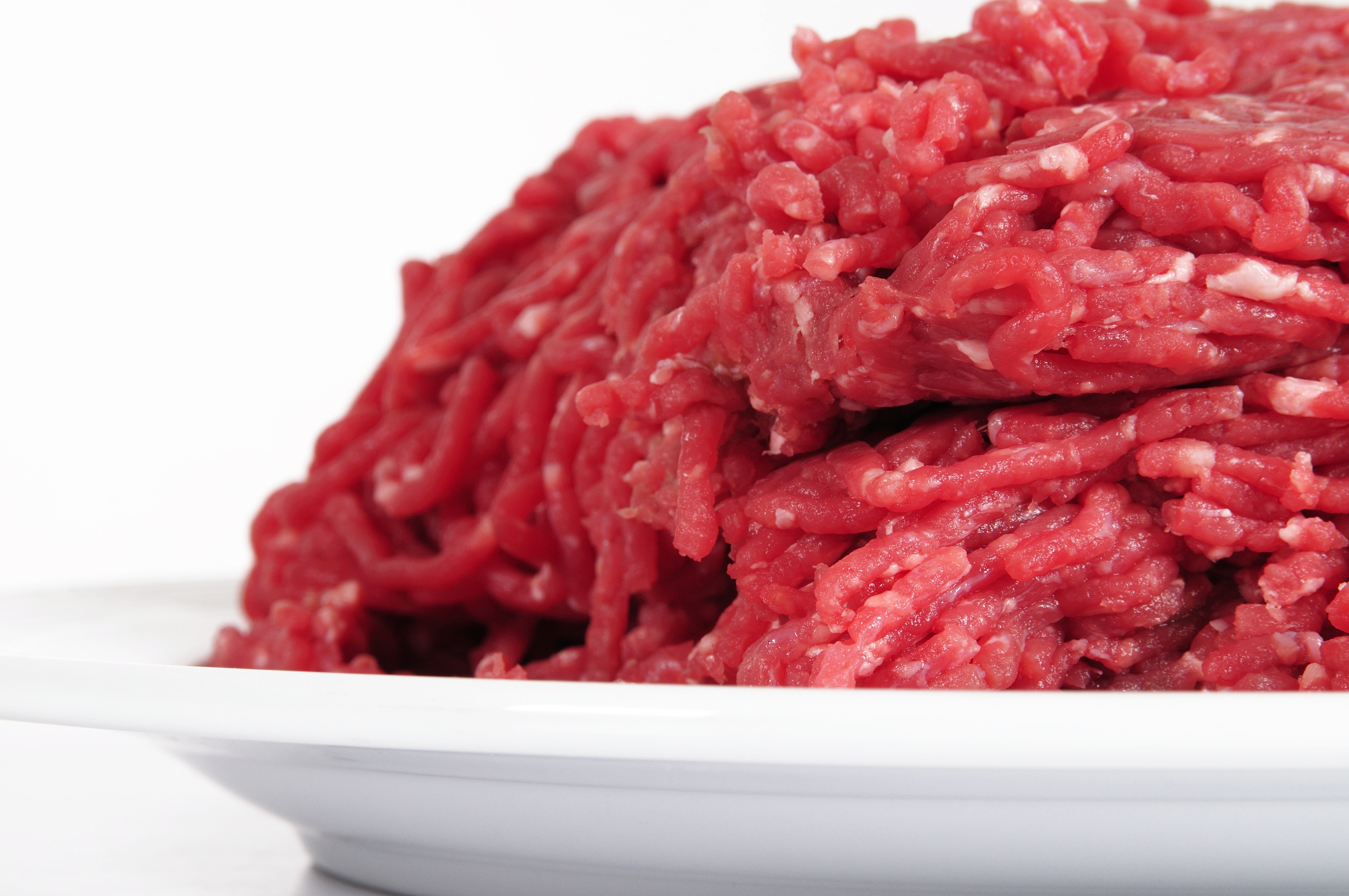Tyson Reports “Misappropriation” Of Funds By Beef Supplier
Tyson Foods filed corrected financial results on Monday with the Securities and Exchange Commission for its beef segment for fiscal years 2017 through 2020. The report to the SEC – in Form 8-K – specifies that Tyson is reporting “misappropriation of company funds” by one of its beef suppliers.
An internal review of the supplier’s accounts is underway, Tyson said, with assistance of outside advisors. That review determined the supplier made “misrepresentations regarding the number of cattle the supplier purchased on behalf of the company’s beef segment.” Tyson said in the Form 8-K that its live cattle inventory for the year-end fiscal 2020, for instance, was overstated by $285 million, and that the cumulative four-year inventory was overstated by $645 million.
However, Tyson’s investigations indicate the resulting losses on their books is isolated to one cattle supplier who represented about 2% of the cattle supplied to Tyson each year from 2017 to 2020. Further, Tyson stated in the Form 8-K the losses do not have a material impact on Tyson’s financial results for the years examined. The internal review is ongoing.
Tyson also said in the filing its investigation found “no evidence that the company benefitted from the supplier’s unlawful conduct or that anyone at the company took steps to alter financial statements to hide the transactions resulting from the supplier’s unlawful acts.”
Tyson also expects to pursue restitution for losses to date. "The Company anticipates that, despite the corrections to previously issued financial statements, general trends in growth and operating profit metrics will remain unaltered, operating cash flow will be largely unaffected, liquidity will not change and the Company will remain in compliance with all debt covenants," it said.
Tyson’s independent registered public accounting firm is PricewaterhouseCoopers LLP. As a publicly traded company, Tyson is required to make quarterly earnings reports to the Securities and Exchange Commission.
